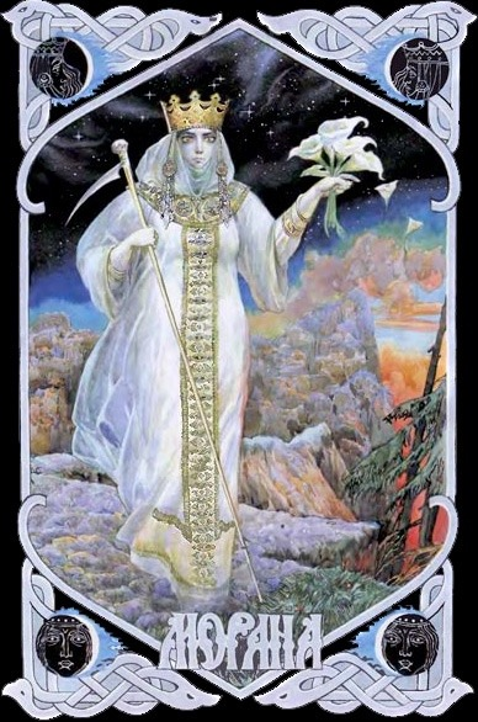Pysanky and Egg Healing

This post is extremely belated, but the environment we are currently living in has made it difficult to keep up with a lot of things for many of us, and induced a lot of stress. Now, I hope many of you have been able to take some time to rest and recoup. But, regardless of if you have, or haven’t, I really wanted to add to the healing process. Which is why I wanted to talk about a wonderful Slavic shamanic practice—egg healing.
Egg healing is a huge part Slavic shamanism, which is a “branch” of shamanism that puts heavy emphasis on healing. Now, while it’s hard to find a lot of information on a lot of Slavic traditions, egg healing is more widely known, as it’s extended its reach into other practices. That’s not to say it’s easy to find proper information on it, though. Even when you can find someone well versed in Slavic shamanism (a Znakharka, or healer), there still tends to be an air of mystery they maintain around their techniques. But there are indeed some basics out there that make this something you can practice yourself and on others when you need a bit of cleansing.
Traditionally, Shamans will instill within decorated eggs (called pysanky) blessings, healing powers, and protection charms. The egg will then be used in these healing ceremonies or as a talisman. Sometimes the eggs are rolled over the body and used to pull out fears and other dark energies from within the body.
For a bit more detail on why egg healing is so powerful, I think Itzhak Beery puts it best when he says: “Eggs are excellent tools for healing…[t]he egg absorbs energy though the seven thousand pores of its mostly calcium shell…[a]ll life begins with an egg. Bird eggs are the largest single living cells in nature and are a metaphor for the universal life structure” (Shamanic Healing: Traditional Medicine for the Modern World). In short, the egg is the perfect symbol to represent the life force that started us all, and, because of its physical structure, it becomes an absorbent force for different energies.
One problem that one might run into when wanting to do egg healing is that, traditionally, a fertilized egg with life forming inside it is use, as that egg is actively absorbing energy to keep that life alive. But this doesn’t mean you can’t use regular eggs to perform a healing—like I think in any practice, it’s the process and intention that matters the most.
These eggs also aren’t just used to help the body. They’re used to protect one’s home and family as well. Pysanky are truly powerful and full of magic, and there is so much more that can be said about them, their meaning, how they’re used, and even how they’re decorated. However, there is just too much to dig into for one blog post.
This divine feminine symbol has layers upon layers that can be unpacked, and maybe I’ll write more about them in the future. For now though, I’ll leave you with this to say: If you’re in need of some healing, I hope I have opened you up to looking deeper into the amazing power of egg healing.
***
Works Referenced:
Beery, Itzhak. Shamanic Healing: Traditional Medicine for the Modern World. Destiny Books, 2017.
Lynn, Christa. “Slavic Shamanism – Egg Healing Ceremony (Pysanky).” Shamanic Spirit, Shamanic Spirit, 6 Aug. 2013, http://www.shamanicspirit.ca/blog/articles/slavic-shamanism-egg-healing-ceremony-pysanky.
“Springs Rebirth: Slavic and Balkan Pysanka.” Elder Mountain Dreaming, eldermountaindreaming.com/2018/03/18/springs-rebirth-slavic-and-balkan-pysanka/.


